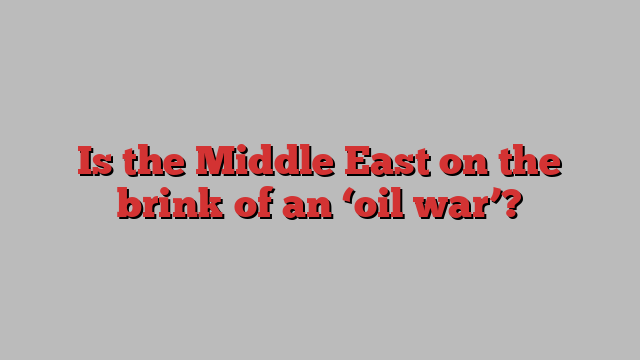
Israel is considering strikes on Iran’s energy sector, a retaliatory option that has rattled markets and raised concerns that war in the Middle East could threaten global oil supplies.
Any Israeli attack that disrupted Tehran’s 1.7mn barrels per day of oil exports would have ramifications for global energy markets — while any Iranian retaliation targeting rival oil exporters in the Middle East would cause even more upheaval.
Such an uncontrolled cycle of attacks would risk a price surge in the world’s most essential commodity, reigniting inflation and hurting the global economy weeks before the US election, analysts said. But they said there were mitigating factors pointing to some underlying resilience in the market.
Will Israel strike Iran’s energy infrastructure?
Israel has been discussing strikes against Iran’s oil and gas industry with its US allies as it considers a potential response to Tehran firing 180 missiles at Israel this week.
When Iran launched a clearly telegraphed missile and drone attack on Israel in April, Prime Minister Benjamin Netanyahu’s government responded with a strike on an Iranian air base. Neither side sought a further escalation.
This time, however, analysts forecast a more aggressive Israeli response, possibly targeting Iran’s key oil and gas industry.
“Israel is in what I call a ‘three eyes for one eye mode’. I have a feeling the response will be much bigger than in April,” said Bob McNally, founder of Rapidan Energy Group and a former energy adviser to US president George W Bush.
Washington is expected to urge Israel to limit its strikes on Iran’s energy infrastructure. But Israel sees the energy sector as the “ATM for the axis of resistance proxies”, said Helima Croft, head of commodity strategy at RBC Capital Markets and a former CIA analyst, referring to the network of Iran-backed militant groups in the region.
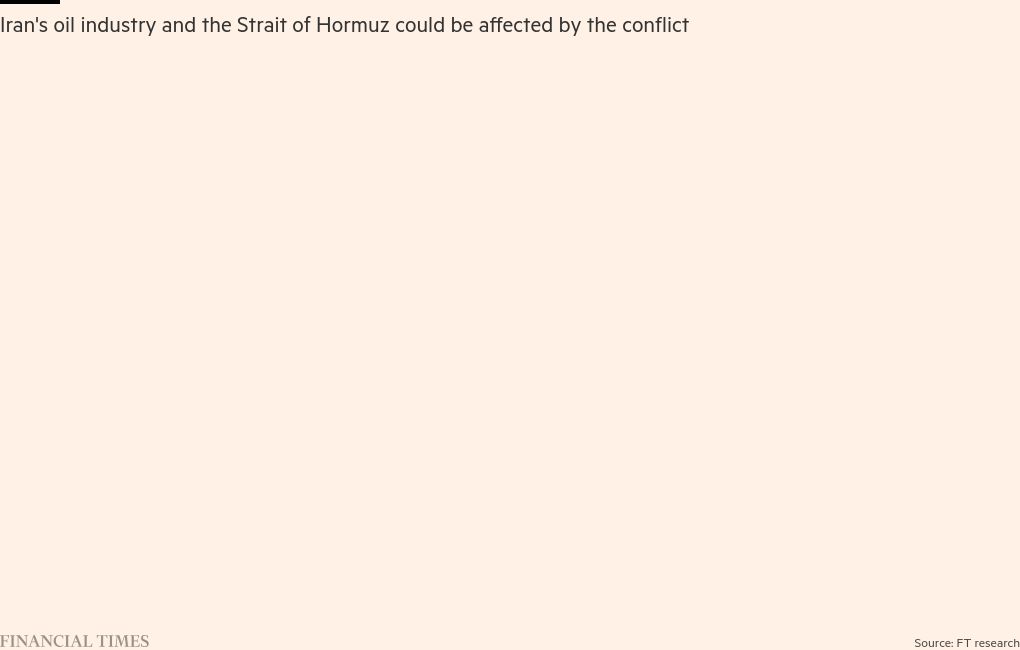
What sites could Israel target in Iran?
The Islamic republic’s most important piece of energy infrastructure is the Kharg Island export facility, about 25km off Iran’s southern coast, which handles about 90 per cent of its crude shipments.
“There is a lot of concentration risk for Iran at Kharg Island, which is essentially the nerve system of the Iranian oil sector,” said Croft.
Empty oil tankers that were close to Kharg have fled the area since Iran’s missile attack on Israel, said Samir Madani, chief executive of TankerTrackers.com, which reports on oil shipments.
He said Iran’s national tanker group “appears to be fearing an imminent attack by Israel”, adding that such an “overnight evacuation” had not been observed before.
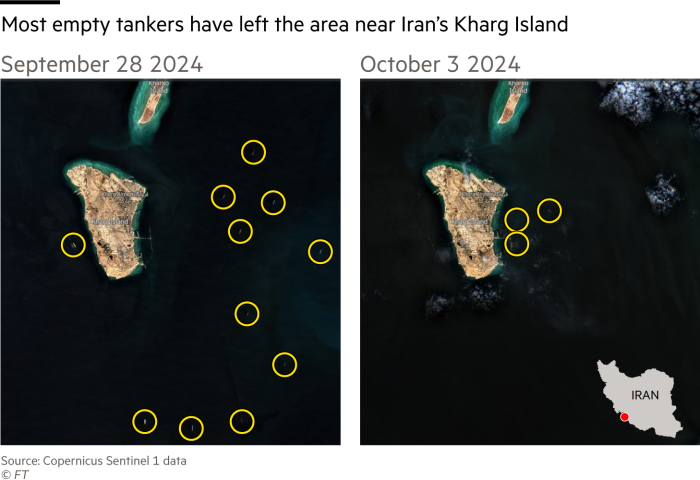
During the Iran-Iraq war in the 1980s, Baghdad threatened to destroy the Kharg facility and targeted tankers departing from the terminal.
Alternative, less significant energy targets could include the Abadan refinery — which accounts for 17 per cent of Iran’s refining capacity and 13 per cent of its gasoline supply, according to analysts at Kpler — and Mahshahr oil terminal. Major pipelines and storage depots near Hormozgan could also be targeted.
An Israeli strike against Iran’s minor oil infrastructure could cause a temporary loss of output of up to 450,000 b/d, Citi estimates. But an attack on Kharg would lead to a much larger, more prolonged loss of up to 1.5mn b/d, or about 1.4 per cent of global consumption.
Hitting refineries rather than oilfields or export terminals might have less impact on the oil price or even drive it downwards, since Iran would have more crude to sell overseas.
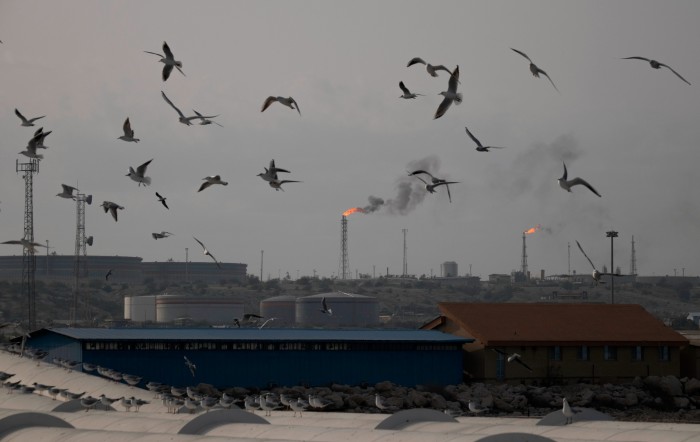
What could Iran do in response?
In retaliation, Iran and its proxies could look to internationalise the conflict by striking energy operations throughout the region, including operations of US companies or American allies in the Gulf. Any such moves, analysts warned, would represent a significant escalation.
“The risk is that it’s no longer a limited conflict between Israel and Iran. There’s now a wide arc of uncertainty,” said Daniel Yergin, a Pulitzer Prize-winning energy historian. “There may be tits for tats. The danger is the tits and the tats could get a lot bigger.”
In 2019, the US blamed Iran for a sophisticated missile and drone attack on Saudi Arabia’s Khurais and Abqaiq oil facilities, which temporarily knocked out more than half of the kingdom’s crude production. Iran was also blamed for two sabotage attacks on tankers in the Gulf that year.
But a rapprochement since Riyadh and Tehran restored diplomatic relations last year means Saudi Arabia is now unlikely to be “at the top of the Iranian retaliatory strike list”, said RBC’s Croft. The two countries have been in constant contact since Hamas’s October 7 attack on Israel triggered a wave of regional hostilities.
Iran might instead push its proxies to step up attacks on oil tankers, disrupting supply and forcing traffic to reroute. Houthi rebels in Yemen have for months been attacking merchant vessels in the Red Sea, saying the assaults are in support of Hamas and the Palestinians.
A “more extreme” scenario, said Jason Bordoff, founding director of the Center on Global Energy Policy at Columbia University, would be choking off traffic through the Strait of Hormuz, the sea lane through which one in five barrels of global crude consumption passes each day.
During the Iran-Iraq war of the 1980s, Tehran mined the strait in what became known as the tanker wars.
In April — as it launched its first direct military strikes on Israel from Iranian soil in retaliation for an Israeli strike on its embassy compound in Syria — it seized a vessel there. But despite threats by hardliners during periods of high tension, Iran has never blocked traffic through the strait.
Any effort to shut the strait would affect Iran’s own exports, which analysts say makes it unlikely. “I think that is a low probability event that would be difficult to implement, even if Iran wanted to,” said Bordoff.
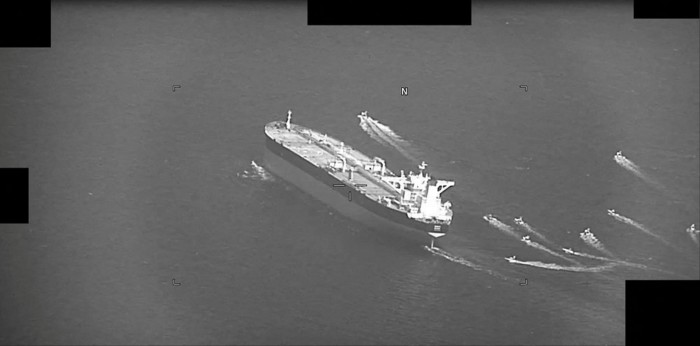
What would be the impact on oil prices?
This week’s events have jolted markets from a relative calm, with sluggish demand from China weighing down prices. Brent crude, the global benchmark, has risen 8 per cent this week to nearly $78 a barrel.
Should the confrontation remain constrained to limited air strikes that do not hit energy infrastructure, Brent prices are unlikely to climb above $85 a barrel, said Henning Gloystein at Eurasia Group.
But successful Israeli attacks against Iranian oil assets would “almost certainly push prices above $85 a barrel and possibly towards $100”, he said. “Only if there’s then major Iranian retaliation that would seriously impact shipping through Hormuz would Brent likely go much higher.”
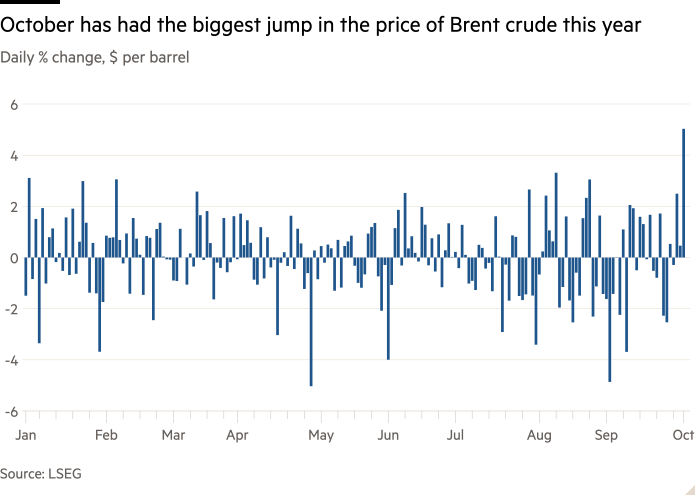
Analysts at Citi said a successful effort to choke off the Strait of Hormuz, although unlikely, would lead to a price increase “well past previous record highs”, even if only for a limited period. Brent’s all-time high was $147.50 a barrel in 2008.
Any jump in crude prices will ultimately feed through to petrol costs, which could affect the US presidential election in November. Rising prices can be a liability for the incumbent Democratic party.
What could stabilise the market?
Counteracting forces that were absent during previous conflicts should help to keep a lid on prices if the fighting escalates.
Two years of production cuts by Opec+ producers — particularly Saudi Arabia and the United Arab Emirates — mean the group has more than 5mn barrels a day of spare capacity, which could be brought back if Iranian supply was suddenly disrupted.
“That’s a reassuring cushion to have in the market as we go into this very dangerous situation,” said Ann-Louise Hittle, vice-president for oil markets at Wood Mackenzie.
Western nations also hold significant strategic reserves that could be used to douse a price increase, after stockpiles were established following the price shocks of the 1970s.
A US-led release following Russia’s full-scale invasion of Ukraine helped cool prices in 2022. But the US stockpiles are now at their lowest levels since the 1980s.
China, the destination for almost all of Iran’s oil, has been building its reserves, which may help to smooth any supply disruption.
The prolific US shale patch also provides a buffer, with drillers in theory able to quickly increase output to douse prices. But their Wall Street owners will no longer tolerate costly new drilling campaigns.
“We’re beyond that period,” said Steve Pruett, chief executive of Texas-based Elevation Resources and head of the Independent Petroleum Association of America. “Capital markets have imposed a discipline and the leaders of these companies have accepted that discipline.”